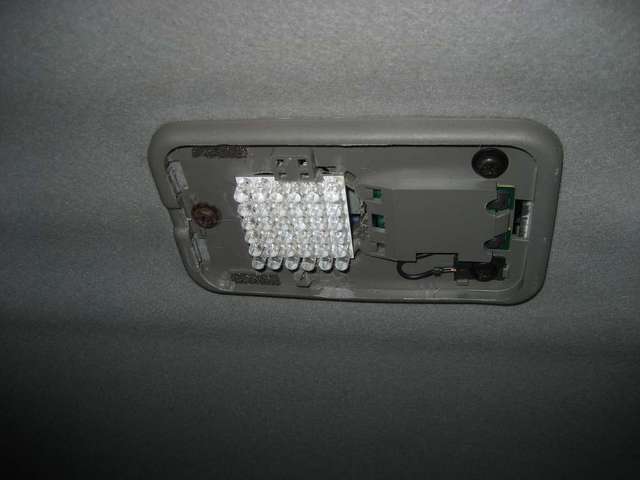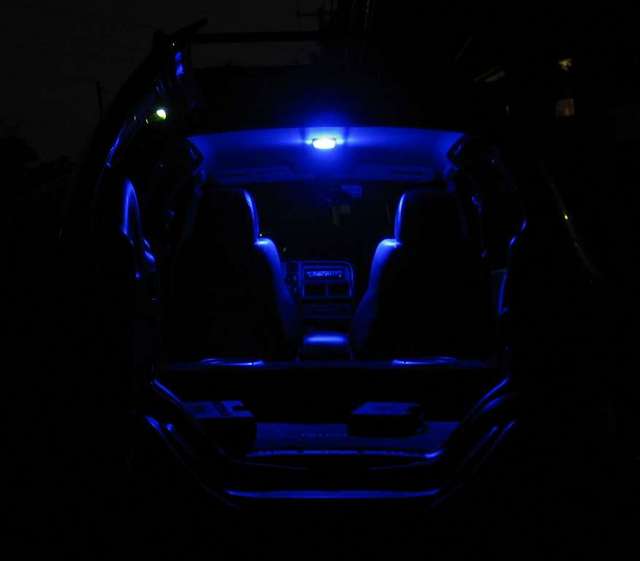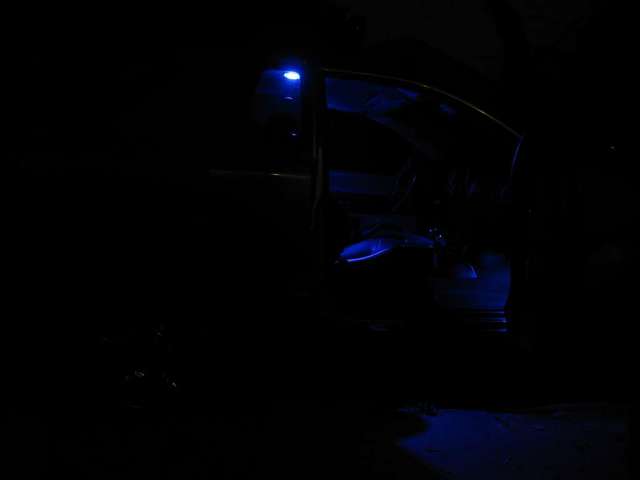anyone know how the staged dimming on the dome light works? i ordered a dome light consisting of 36 high intensity LEDs and the circuit board in the stock dome light didnt have the power to light it up right.. so i added a relay activated by the circuit board.. problem now is when the light goes out (when the dimming would occur) the relay freaks out and buzzes... anyone know how this feature works, how i could disable it or how i could just stop the buzzing?





 Reply With Quote
Reply With Quote




